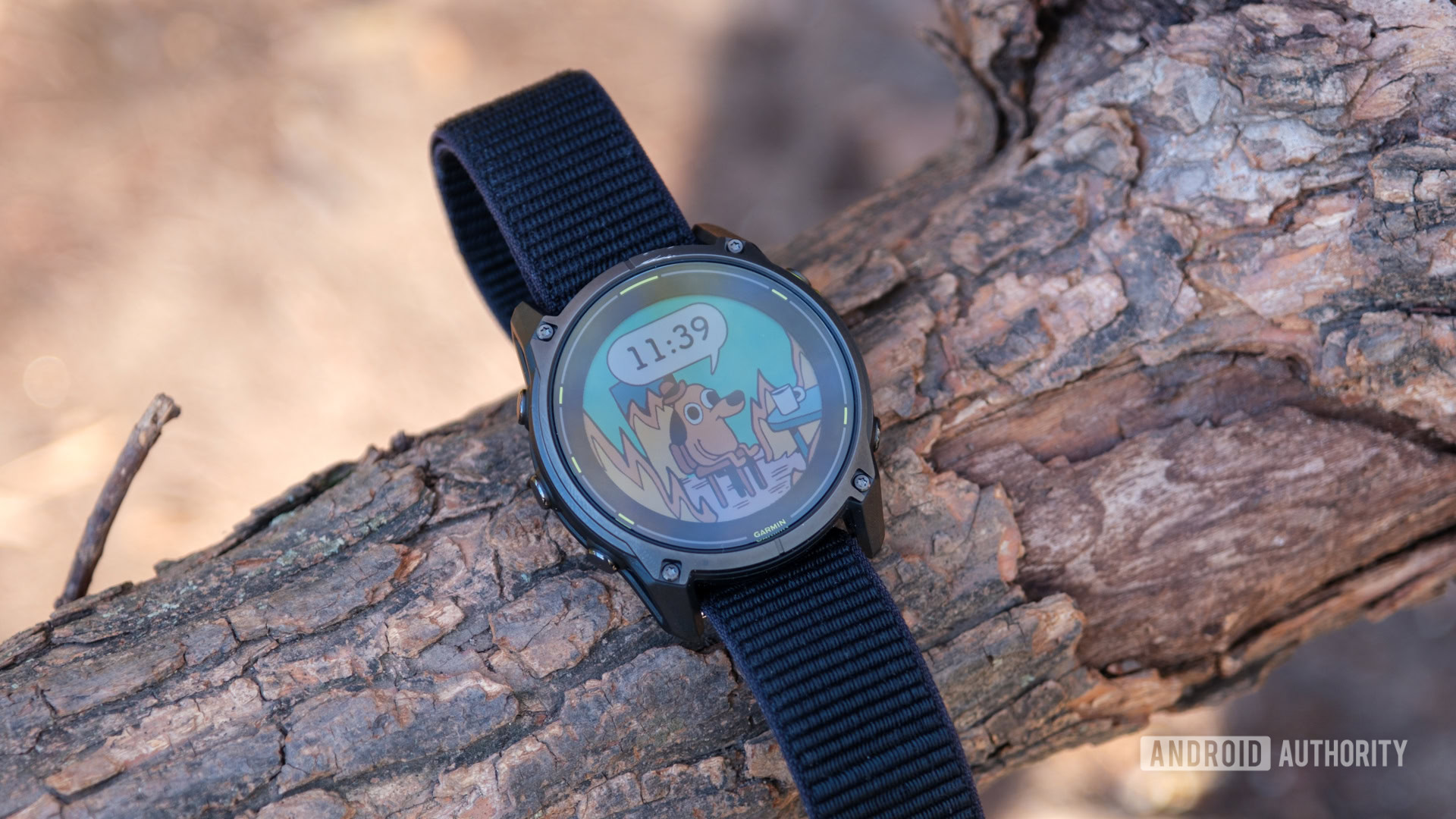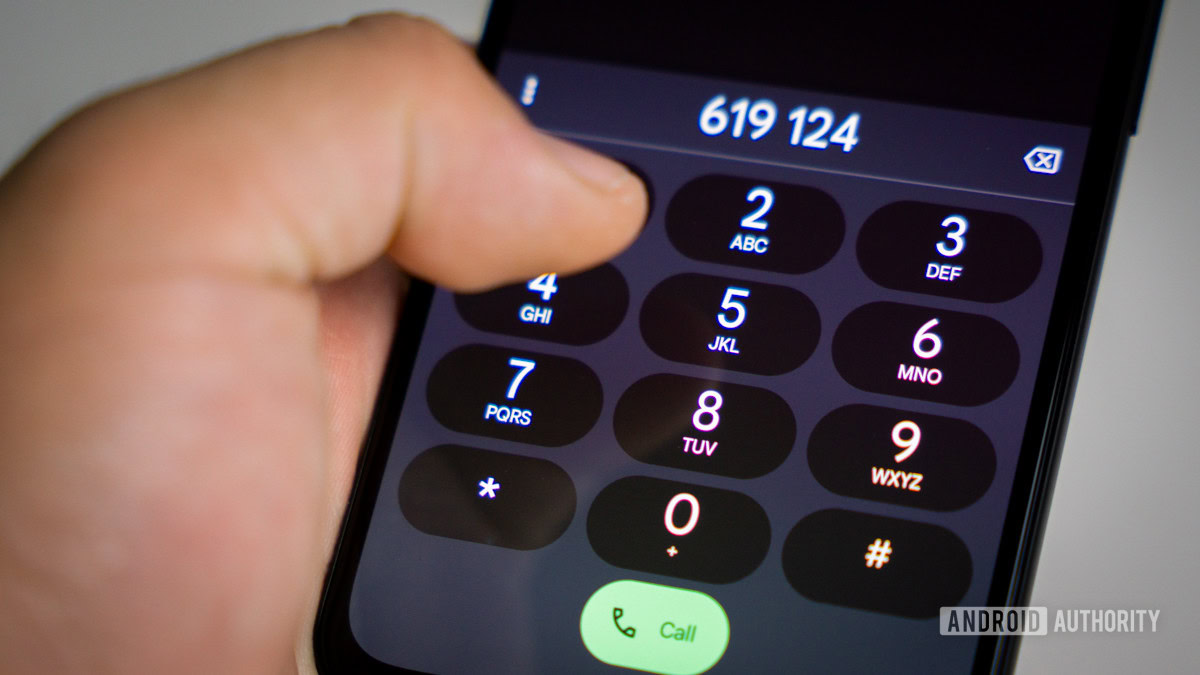The original Google Pixel launched in 2016 — that’s eight years ago, for those of you who aren’t already suffering an existential crisis. The smartphone industry looked a lot different back then, and it’s safe to say that the Pixel lineup, although still not quite a global force, has been instrumental in shaping the smartphone space as it is today, from flagship powerhouses to bargain budget models.
With the Pixel 9 series fast approaching, it’s time to appreciate just how far the series has come and the effect it’s had on the broader smartphone landscape.
Keeping Android in focus
Robert Triggs / Android Authority
Google’s bulging product portfolio betrays the fact that it never really set out to be a hardware company. Despite years in the smartphone industry, it originally partnered with bigger Android manufacturers to produce its Nexus series of developer-focussed handsets. 2016’s Google Pixel and Pixel Xl were the brand’s first in-house smartphones, targeted at a mainstream consumer base as a showcase of Google’s vision for Android, which included Google Assistant, a comparatively pared-back Pixel UI interface, and a pledge of faster and more comprehensive update support. The more streamlined software approach was in stark contrast to the historically busy aesthetic of Samsung’s TouchWiz, the feature creep of Xiaomi’s MIUI, and the sluggish trickle of updates passing through OEM and carrier certification processes.
Google never stated that it was irked by some of Android’s protracted software issues, but clearly, the brand felt like it could do some things better than the countless players already building Android smartphones. It had already tried (and was struggling with) software initiatives like Android One. The Google Pixel’s three years of software support isn’t a lot by today’s standards, but it was a whole year or two better than many manufacturers. 2016’s Samsung Galaxy S7 series received just two years of OS support, though security support continued for a little while longer.
Google's Pixel is almost solely responsible for the long-term updates now offered by many Android phones.
Of course, the Pixel series continued to push the boundaries, promising five years of support with the Pixel 6 series, owing to its semi-custom Google Tensor processor. At the time, we were still stuck with just two or three years of updates from other major flagship players. Google extended this to seven years of support with the Pixel 8 handsets, matching Samsung’s pledge. While not everyone has followed suite, it has set the bar and dragged a number of smartphone lines with it in offering much longer and faster software support, at least for the most expensive smartphones.
OS support hasn’t been the only modern feature that the Pixel series helped shape. Google pushed USB-C support with USB Power Delivery charging in the face of speedier proprietary specifications, abandoned the microSD card in favor of cloud storage with its first-generation phone, helped make the notch even more controversial with the Pixel 3 but that eventually enabled today’s punch-hole cameras, neutered the 3.5mm headphone jack with the Pixel 6a, has taken the battle to iMessage with RCS support, and is currently pushing on-device AI via Gemini Nano with it the Pixel 8 series. You could even argue that the Pixel Fold was a less successful attempt to help course-correct the sprawling state of booklet foldables.
Pixels have pushed USB-C charging, RCS messaging, and now AI into the mainstream.
While not necessarily Google’s original mission for the Pixel, the series has undoubtedly provided a canvas from which it can actively shape the modern Android operating system, rather than hoping that its partners implement its software vision. That said, the Pixel series hasn’t been a pioneer in every regard. It’s been slow to foldables (there’s no Pixel clamshell), hasn’t produced a viable alternative to Samsung’s Dex (the Pixel 9 will finally debut Displayport), and isn’t on the cutting edge when it comes to silicon or modem performance. Still, Google has accomplished a lot in the past eight years.
A few misses before the hits
As successful as the Pixel range is today, the series has made its fair share of mistakes in the pursuit of doing things differently. You can’t bake a good cake without breaking a few eggs, so they say, but Google’s propensity for throwing all the toppings at the wall has produced some sublime hits and equally bizarre misses.
Motion Sense on the Pixel 4 series is perhaps the most obvious misstep (in addition to its poor battery life). It was gimmicky to start with and was even blocked in many countries for failing to comply with various regulations. The Pixel 8 Pro’s temperature sensor is equally misplaced; it initially wasn’t certified for use on people (presumable Google envisioned huge demand for scanning each other for COVID symptoms?) and doesn’t work all that reliably on much else either.
Not every Pixel has been a banger, but they've always been talked about.
The series also endured a pretty awful display on the Pixel 2 XL, the hideous notch on the Pixel 3 XL, and modem and temperature issues upon the Tensor chip’s debut in the Pixel 6. To be honest, Google’s handsets have seldom been on the very cutting edge of mobile hardware, but the packages have almost always ended up offering more than the sum of their parts.
Such issues could have derailed other brands, but Google also delivered beloved gems like the affordable Pixel 5 — a sole midrange offering in the face of increasingly expensive flagships — and budget breakthroughs in the Pixel A range (more on that later). Hardware might not always be Google’s strong suit, but its unique features have always stood out above the rest.
Photography for the masses
Ryan Haines / Android Authority
If there’s one feature (besides software) that helped the Pixel series power through some of its dubious hardware choices, it’s undoubtedly the camera, which has only become more important to the series’ identity as time has gone on. The OG Pixel looked pretty basic by modern standards, with just a single rear camera, but right off the bat, the brand’s cutting-edge computational photography helped it stand out. HDR+, nabbed from the defunct Nexus line, ensured consistent-looking snaps in both bright light and low light, a rarity back then. Unlimited full-resolution uploads to Google Photos sealed the deal on a phone that placed photography at its core.
That bonus wasn’t to last forever, but Google quickly built on its camera feature set to provide one of the most robust suites around. The Pixel 2 introduced portrait mode, Night Sight debuted with the Pixel 3, while the Pixel 4 boasted Astrophotography for the first time. While Chinese brands, particularly HUAWEI, pipped Google to the post for many of this era’s camera features, Pixel brought them to a US audience and made them more affordable, too.
Photos have always been important, and Google was influential in the growth of computational photography.
Compared to bigger Western players like Apple and Samsung, the Pixel lineup relied a lot more on software smarts to make up for often dated camera hardware, but that’s proven to pay off in the long run. Today, hardware barely gets a look in compared with what filters and features a phone’s camera offers. It’s the result that matters most, after all.
Google’s focus on computational photography has resulted in a feature set that few, if any, can match. Magic Editor, Face Unblur, Best Take, and more not only ensure good-looking pictures every time but also put simple, smart editing tools into everyone’s hands. Imitation is the sincerest form of flattery, and other brands have moved to close the gap, but there’s arguably no photography suite quite as complete as the Pixel’s.
Budget no longer means basic
While many brands focus on the ultra-premium, many of Google’s success stories have actually been at the lower end of the market. Introduced in 2019, the Pixel 3a and Pixel 3a XL kicked off the Pixel A series, which has featured virtually unanimously on our list of best budget smartphones every year.
At the time, we lauded the Pixel 3a’s $399 price point as virtually impossible to beat. The phone offered solid mid-range performance, although 4GB RAM was a limitation. Perhaps most importantly, it brought Google’s increasingly brilliant photography capabilities, such as Night Sight, down to an affordable price point. Stacked up against the likes of the Samsung Galaxy A20 and the aging first-gen iPhone SE, the Pixel A series was a breath of fresh air in the Western mid-range market.
Of course, you couldn’t have it all at just $399, and the series lacked today’s mainstays like an IP rating, wireless charging, and a decent amount of onboard storage. As such, the range had its work cut out for it to break away from other mid-range specialists, such as Nokia and Motorola, which were the affordable brands to beat back in the day. Google increasingly leaned into the flagship identity for the Pixel-a series, which has only become better as a result.
The Pixel A series has been just as influential on affordable phones as the Pro has been on flagships.
With the development of the original Google Tensor chip for 2021’s Pixel 6 series, the $449 Pixel 6a benefitted from many of the same AI, photography, and other hardware/software features as the flagship models. Better yet, the phone came with three Android upgrades and five years of security patches, as well as Google’s fast updates, making it the best-supported budget model money could buy. The result eventually dragged Samsung into providing much better long-term support for its recent Galaxy A models, but sadly, few others come close to matching the Pixel 8a’s seven years of software support.
The only drawback of the range’s success has been an increase in price, which sometimes makes it difficult to decide between the entry-level Pixel flagship and the latest A series model. It’s pretty much a tossup whether you should buy the Pixel 8 or Pixel 8a, but the former is a better buy when you can find it on sale. Perhaps this is just a testament to how well Google has managed to blur the lines between affordable and premium smartphones.
AI before it was hot
Andy Walker / Android Authority
We mentioned it earlier on: Google was an early driving force in AI well before it was today’s hot tech trend, and obviously, it continues to play a — if not the — pivotal role in the Android ecosystem today. Well before we were obsessing over what’s new with Gemini Advanced and Nano, Google started with smaller but no less important algorithm-driven quality-of-life features.
For instance, Call Screen and Hold For Me used Google Assistant to help manage pesky phone calls for you as early as 2018’s Pixel 3 series, and Gboard has been improving text predictions and more since way back when. The Pixel 4 introduced Car Crash Detection to automatically call 911 in an emergency, and Big G has embedded algorithms through virtually all of its software. But it was the arrival of Google’s Tensor chipset in the Pixel 6 that swung the door open.
Google was big into smart tech well before AI was cool.
Google Recorder speaker labels, Live Translate on-device, and, of course, the huge range of aforementioned computational photography features all ran on-device after the Pixel 6. Even though Google may have been somewhat caught up by the arrival of large language models and the ChatGPT boom, this legwork undoubtedly paved the way for today’s ever-growing suite of on-device AI features, which include Circle to Search, Recorder transcriptions, and even more photography shooting and editing tools.
AI has been a core part of the Pixel identity well before it was the tech industry’s biggest buzzword, and it’ll be a key differentiator for the series over the coming years as well.
What is your favorite aspect of the Pixel legacy?
0 votes







 English (US) ·
English (US) ·